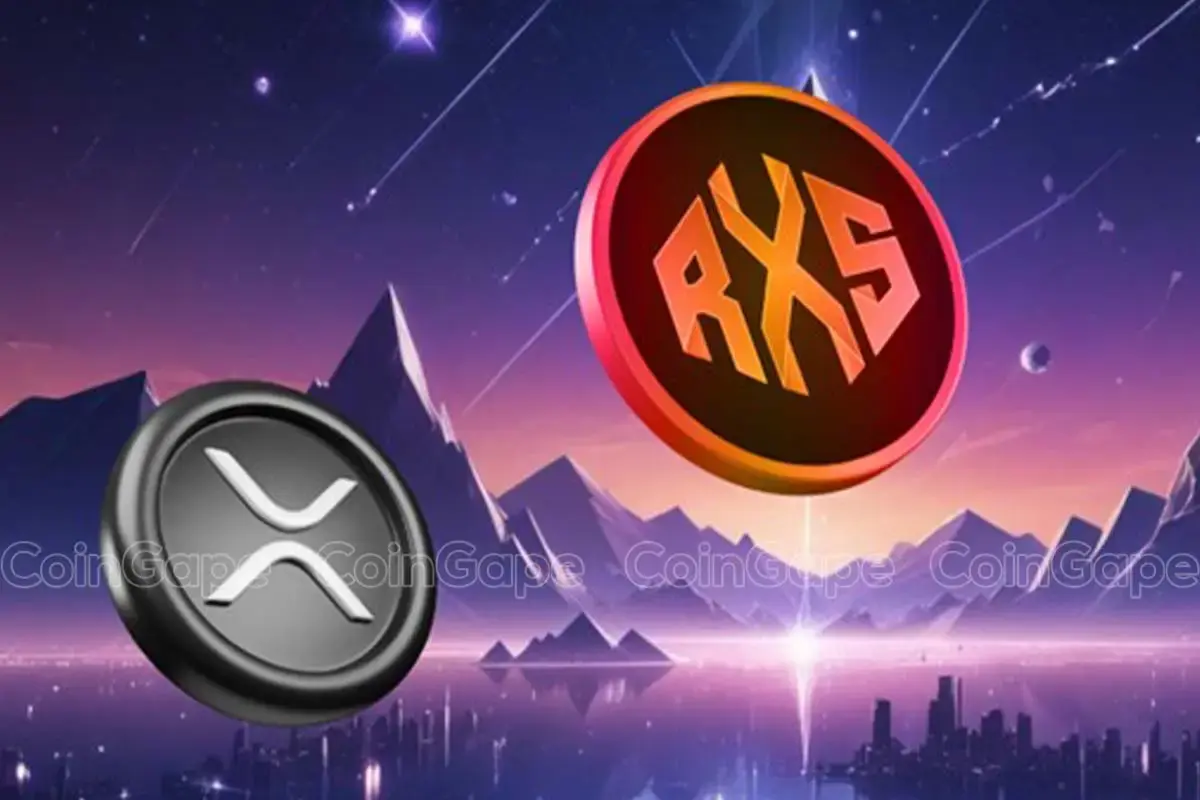Tron’s Gas-Free USDT Transactions: A Game-Changer in the Stablecoin Market
The cryptocurrency world is abuzz with excitement as Justin Sun, the founder of the Tron Foundation, announced that USDT transactions on the Tron blockchain will soon be “gas-free.” This groundbreaking development could significantly boost blockchain adoption, reduce costs for users, and enhance Tron’s competitive edge in the stablecoin market.
What Does “Gas-Free” Mean?
Before diving into the implications of this announcement, let’s clarify what it means for USDT transactions to be “gas-free.” In the context of blockchain technology, “gas” refers to the computational power required to execute a transaction or smart contract. This gas consumption is measured in units called “gas fees,” which users must pay to incentivize miners to validate transactions on the network.
Reduced Costs for Users
With USDT transactions on Tron becoming gas-free, users will no longer need to pay gas fees to send or receive USDT. This could significantly reduce the costs associated with using stablecoins, making them a more attractive option for those who frequently engage in transactions or need to move large amounts of value.
Boosting Blockchain Adoption
The elimination of gas fees for USDT transactions could also help boost blockchain adoption by making the technology more accessible to a wider audience. High gas fees have long been a barrier to entry for many potential users, particularly those in developing countries or those with limited financial resources. By removing this barrier, Tron could attract a larger user base and bring more people into the world of decentralized finance (DeFi).
Competitive Edge in the Stablecoin Market
Tron’s gas-free USDT transactions could also give the platform a competitive edge in the stablecoin market. Tether (USDT), the largest stablecoin by market capitalization, is currently built on the Ethereum blockchain. Ethereum’s high gas fees have been a major pain point for users, leading some to explore alternatives like Binance USD (BUSD) and USD Coin (USDC), which are built on other platforms with lower fees.
By offering gas-free USDT transactions, Tron could attract users looking for cheaper and more efficient ways to use stablecoins. This could help the platform grow its user base and increase its market share in the stablecoin market.
Impact on Individuals
For individual users, the elimination of gas fees for USDT transactions on Tron could mean significant savings. This could be particularly beneficial for those who frequently use stablecoins for transactions or need to move large amounts of value. By reducing the costs associated with using stablecoins, Tron could make decentralized finance more accessible and affordable for a wider audience.
Impact on the World
The impact of Tron’s gas-free USDT transactions on the world could be far-reaching. By making stablecoins more accessible and affordable, this development could help drive the adoption of decentralized finance and blockchain technology more broadly. This could lead to new opportunities for innovation, financial inclusion, and economic growth.
Conclusion
Justin Sun’s announcement that USDT transactions on Tron will soon be “gas-free” could be a game-changer in the stablecoin market. By reducing costs for users, boosting blockchain adoption, and giving Tron a competitive edge, this development could help drive the growth and mainstream acceptance of decentralized finance and blockchain technology. Stay tuned for more updates on this exciting development in the world of cryptocurrency.
- Tron’s USDT transactions to be “gas-free”
- Reduced costs for users
- Boosting blockchain adoption
- Competitive edge in the stablecoin market
- Significant savings for individual users
- Far-reaching impact on the world





